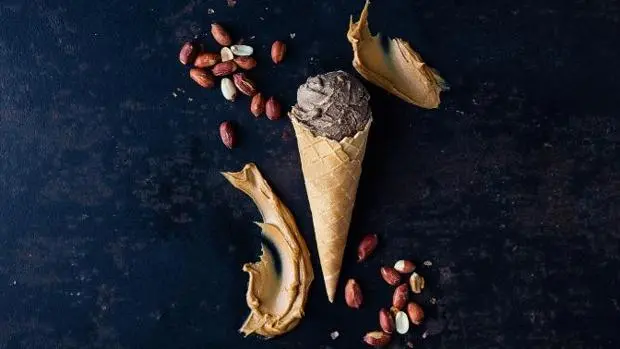Contents
The new trendy dessert is an insect ice cream

The new gourmet ice creams are made with EntoMilk, a dairy alternative similar to the popular ones soy, oatmeal, coconut, or rice drinks but whose original ingredient is the insect.
Extracting liquid from the animal is an idea of Gourmet Grubb, a South African company whose essence is change the perspective from which society conceives the consumption of insects produced and used in the food industry.
Once the Insect “milk”, the idea of shaping a dessert with it was irresistible to those responsible for the company. They decided to make ice cream of different flavors: chocolate, peanut, and Christmas candy. According to Leah Bessa, one of the co-founders of the company, their product incorporates “a slightly earthy nuance” that gives the ice cream “a result rich and creamy«. Despite the experience under the palate, its creator affects the nutritional value of the product: five times higher in protein than dairy.
“Insects are rich in fat, protein and minerals,” said Bessa. “The black soldier fly it is a source of protein and fat comparable to beef, and zinc, iron and calcium that are much higher than those of beef, “said the businessman. EntoMilk -explains-, »does not contain lactose or gluten and, unlike cow’s milk, does not contain carbohydrates or sugars«.
Tradition and most demanded insects
Eating insects still causes certain reluctance in the West despite globalization, cultural miscellany and multicultural coexistence in large cities. The gastronomic tradition in Latin America elevated some species to delicacy, a phenomenon that is also proven in many Asian and African regions and in which Europe also participated, as evidenced by documents that survive from Ancient Rome.
According to the latest report on entomophagy, the most consumed insects are beetles (31%), followed by Caterpillars (18%), Bees, wasps and ants (14%), grasshoppers, locusts and crickets (13%), cicadas, fulgoromorphs, leafhoppers, mealybugs and bedbugs (10%) termites (3%), dragonflies (3%) and flies (2%).
The nutritional properties of insects
Insects have 60-70% good quality protein.
They are rich in rich in calcium, magnesium, copper, iron, phosphorus, manganese, selenium, zinc.
They provide folic acid, B2 (riboflavin) and B5 (pantothenic acid)
They have very few calories.
They contain polyunsaturated fats and little cholesterol.
They are easily digested.
They do not have carbohydrates but they do have fiber.
They improve the quality of hair and nails.
Its intake carries a reduced risk of disease transmission









